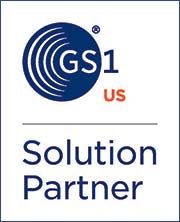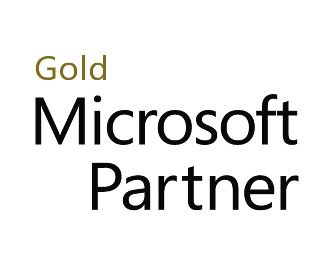Third-party logistics (3PL) providers rely on their Warehouse Management System (WMS) software to accurately manage the movement of goods into, throughout, and out of their facilities. While the operational benefits when it comes to picking, packing, shipping and receiving accuracy are self-evident for a WMS installation, one overlooked benefit of warehouse automation is the impact these solutions have on billing and revenue.
For 3PL organizations, the WMS provides a means of recording, tracking and analyzing every service provided in the warehouse for each customer. Armed with that data, warehouse operators can more accurately bill their clients and provide clear documentation about the charges.
The alternative is manually tracking these services and transactions, and then throwing an accounting team at the data at the end of the month to compile the invoices. Using a WMS and barcode scanners, you can capture those transactions in real-time and compile reports or invoices daily, weekly, or monthly. You bill your clients more accurately, and potentially bring revenue in more quickly.
Most of the major WMS providers now offer billing modules that help 3PLs and other providers get a better handle on billing and invoicing processes. By tying your WMS to the billing process, you can realize a number of important improvements that can help increase revenue:
- Reduce days of sales outstanding and boost the bottom line. (b) With real-time data, you can invoice much more quickly than would be possible using manual methods to reconcile charges at the end of the week or month.
- Create client-specific job costing reports and invoices. You can see exactly how much labor, material, and space each client consumed and then charge them accordingly. Many 3PLs simply spread the cost of these elements evenly across their customer base. With WMS data, you can tie specific costs to each client, which allows you to perform detailed profit and loss analysis for every account.
- Eliminate paper receipts and invoices. Moving to a paperless warehouse doesn’t just mean you’ve moved your pick lists and shipping notices onto a computer. The data compiled through the WMS billing module can be used to quickly generate electronic invoices that can be sent directly to your customers.
- Streamline billing processes. The WMS can instantly apply client-specific discounts, rates, minimums, markups, or other details to the transactions and invoices generated for every account. This saves your administrative team time on the back-end, and results in more accurate billing.
- Capture more revenue. Using the WMS to track services, you can increase revenue by revealing previously unbilled or underbilled activities. You can also determine which client relationships are the most profitable by evaluating labor costs, storage capacity utilization, and material handling transactions.
- Reduce costs. With the WMS generating invoice information, you can consolidate the billing function of multiple facilities in a central location, which also accelerates the billing cycle and results in less paperwork. It’s also easier to respond to customer inquiries using a central team that has access to all of the information in a single repository.
By leveraging your WMS software to track client costs and initiate billing activities, 3PLs and other warehouse operators can streamline invoicing and increase revenue. Doing so can extend the return on investment in the WMS, and provide actionable insight into your business.
Download our FREE Lowry Solutions 7 Signs You Need a W.M.S today.
Related Articles: When Should I Replace my WMS?





